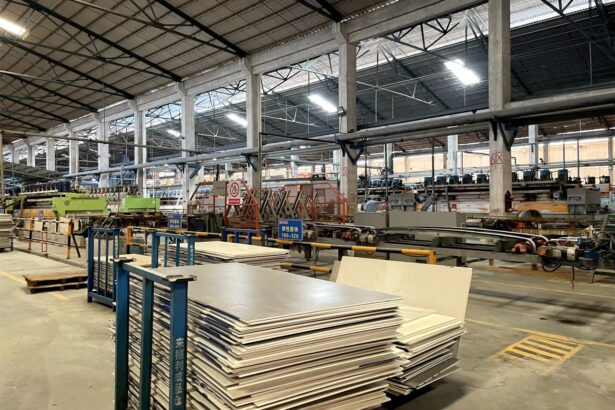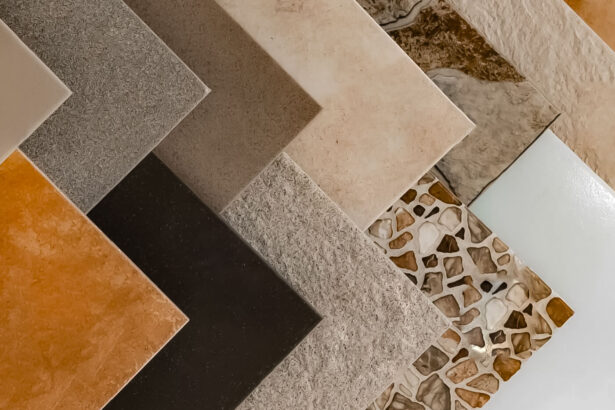Top Tiles Amazing facts that will Blow your mind
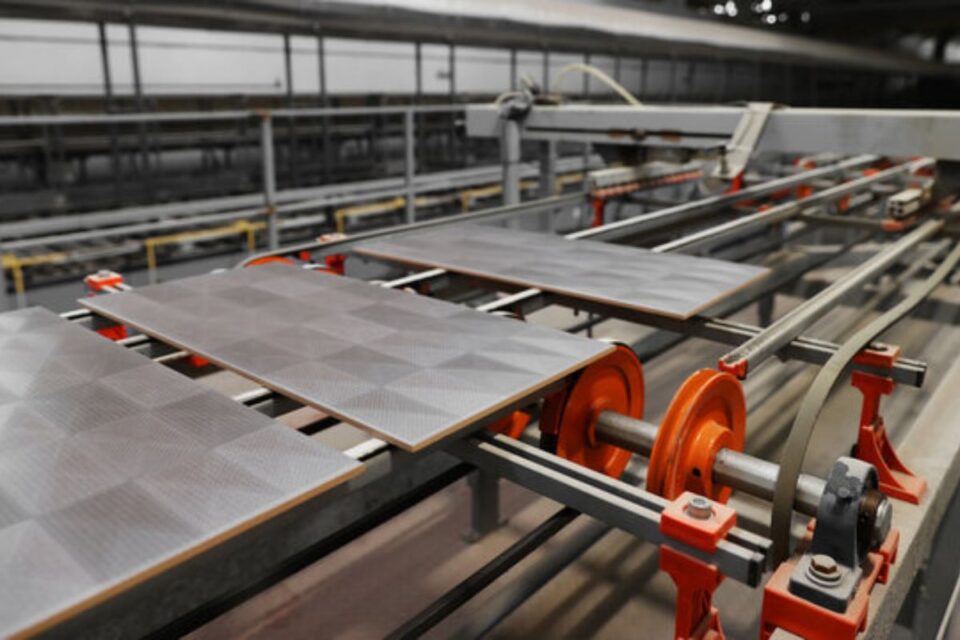
Tiles are one of the most versatile and widely used materials in the world of construction and design. From ancient palaces to ultra-modern skyscrapers, tiles have always been at the intersection of aesthetics, durability, and technology. Yet, most people see only the surface quite literally.
Here are 10 fascinating, technical, and design-oriented facts about tiles that will make you look at them in a completely new light.
1. Tiles Have Been Around for Over 5,000 Years
Archaeological findings show that glazed ceramic tiles were first used in Mesopotamia and Egypt around 3,000 BCE. Early techniques included:
- Sun-dried clay tiles hardened in kilns.
- Hand-painted glazes that acted as both decoration and protection.
- Geometric patterns that influenced art and architecture for centuries.
👉 What’s interesting is that today’s digital printing technology is just a modern echo of what artisans did by hand thousands of years ago.
2. Tiles Are Engineered for Strength
Modern tiles are tested against international standards (ISO, ASTM, EN) for parameters like:
- Breaking Strength (measured in Newtons).
- Abrasion Resistance (PEI Ratings): Higher PEI = more durable against foot traffic.
- Water Absorption Rate (WA%): Porcelain = <0.5%, Ceramic = 3–6%.
- Slip Resistance (COF Ratings): Wet area tiles must meet specific COF values to reduce accidents.
This makes tiles not just decorative but engineered solutions for homes, malls, airports, and even industrial flooring.
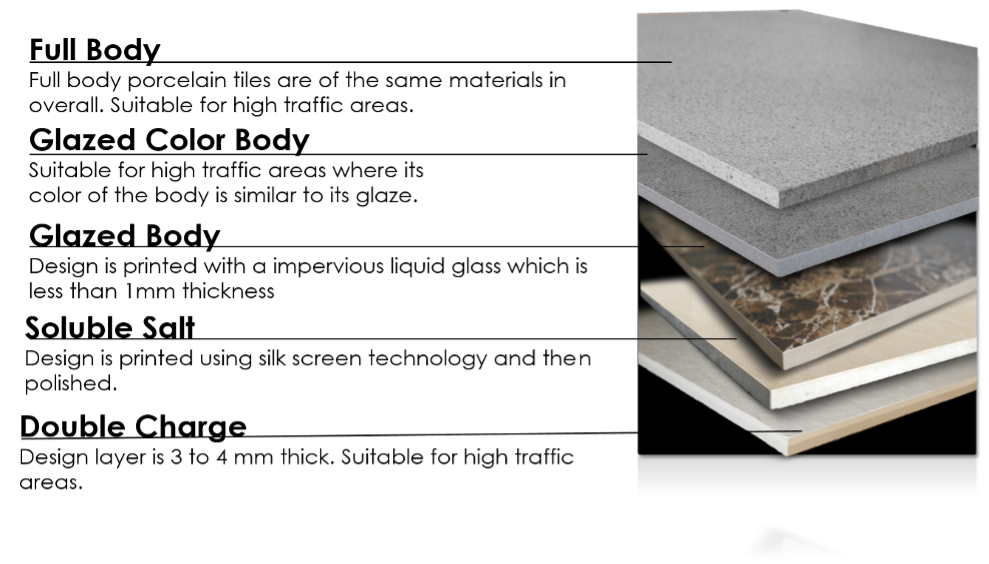
3. Not All Tiles Are the Same
The main categories are:
- Ceramic Tiles: Affordable, easy to cut, widely used on walls.
- Porcelain Tiles: Denser, fired at higher temperatures, lower WA%, ideal for outdoor and high-moisture areas.
- Vitrified Tiles: Double-charged or full-body tiles with uniform color through the body — making chips nearly invisible.
- Mosaics & Special Tiles: Often glass, metal, or stone-based, used for luxury accents.
Choosing the right type depends on location, load, and design intent.
4. India Is a Global Tile Powerhouse
India is the second Largest tile producer in the world, with Morbi (Gujarat) being the hub, hosting more than 900 factories.
- Indian Ceramic industry produces over 2.5 billion sq. meters of tiles annually.
- Indian tiles are exported to more than 150 countries.
- The industry employs over 500,000 people, directly and indirectly.
What makes Indian tiles competitive?
- Energy-efficient kilns (natural gas-based).
- Cost-competitive labor & raw materials.
- Ability to produce a wide range — from affordable ceramics to luxury slabs.
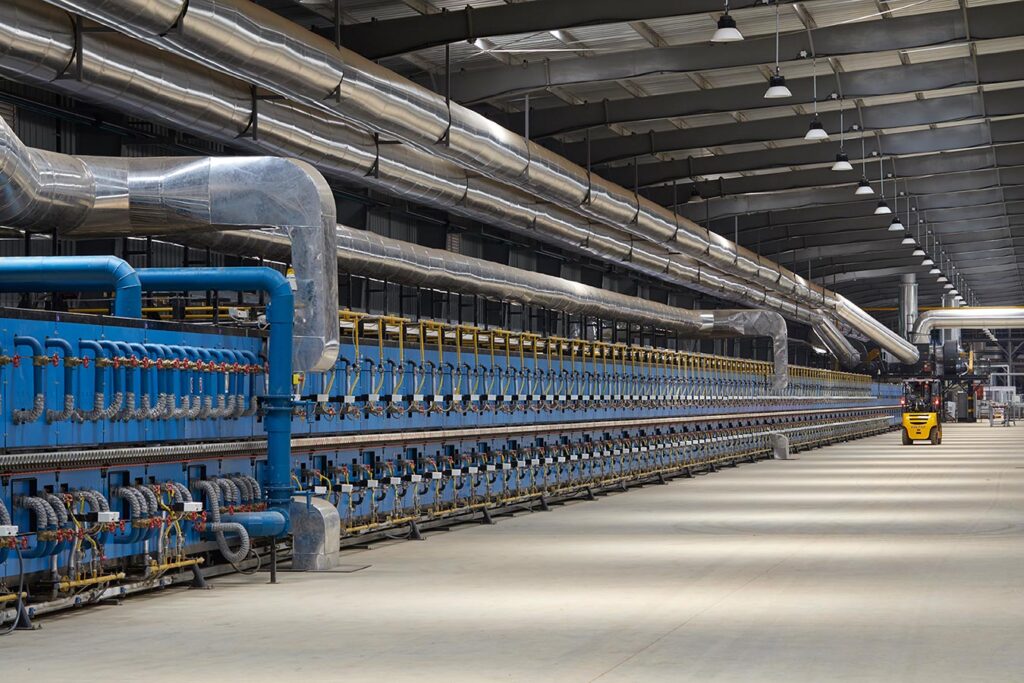
5. Tiles Can Be Sustainable
The industry is rapidly shifting to eco-conscious production:
- Recycled water and waste recovery systems.
- Solar panels powering factories.
- Green certifications for low-VOC (volatile organic compound) materials.
Porcelain tiles, in particular, are considered environmentally friendlier than quarrying natural stone, since they reduce ecological disruption.
6. Tiles Go Beyond Floors and Bathrooms
In modern architecture, tiles are used for:
- Ventilated Facades (improving insulation & aesthetics).
- Kitchen Counters & Table Tops (large slabs).
- Ceiling Panels & Outdoor Pavers.
- Furniture Finishes like coffee tables and wardrobes.
This shift is fueled by design flexibility and performance under different conditions.
7. Digital Printing Has Changed Everything
With inkjet digital printing technology, tiles can now reproduce almost any texture:
- Wood-look porcelain without the warping of real timber.
- Marble-look tiles without natural flaws or quarrying costs.
- Metallic finishes & 3D textures for futuristic interiors.
Resolution can go up to 400 dpi, creating hyper-realistic finishes.
8. Large-Format Tiles Are the Future
Traditional 600×600 mm tiles are being replaced by:
- 1200×2400 mm slabs.
- 8 ft × 4 ft porcelain sheets.
Advantages:
- Fewer grout lines → seamless look.
- Easy cleaning → hygienic for kitchens & hospitals.
- Luxurious aesthetic → ideal for high-end interiors.
Factories now use sophisticated presses (SACMI, KEDA) capable of handling such large formats.
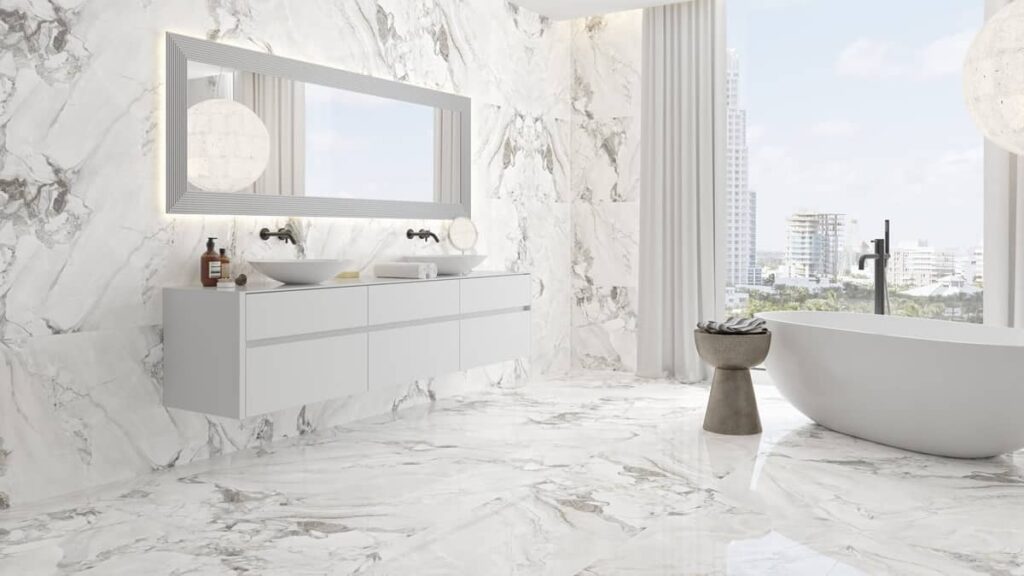
9. Tiles Can Save Energy in Buildings
Tiles are excellent for thermal regulation:
- In hot climates, tiles reduce heat absorption compared to vinyl or carpet.
- Reflective roof tiles (cool roof technology) reduce air conditioning costs by up to 15%.
- Radiant heating-compatible tiles are common in colder countries.
10. Tiles Are Built to Last
With proper installation, tiles can last 50 years or more. Key technical factors include:
- Adhesive & grout quality (cementitious vs. epoxy-based).
- Substrate preparation (flatness, moisture control).
- Expansion joints to prevent cracking.
A well-laid porcelain floor will easily outlive wood, vinyl, or laminate alternatives.
Final Word: More Than Just Surfaces
Tiles are not just about style — they’re an intersection of science, technology, and design. From ancient civilizations to cutting-edge skyscrapers, tiles have proven their importance as both functional and decorative materials.
At Italio Granito, we combine innovation, craftsmanship, and technology to deliver tiles that meet global standards while inspiring beautiful spaces.
👉 Explore our collection and step into the future of tile design.

